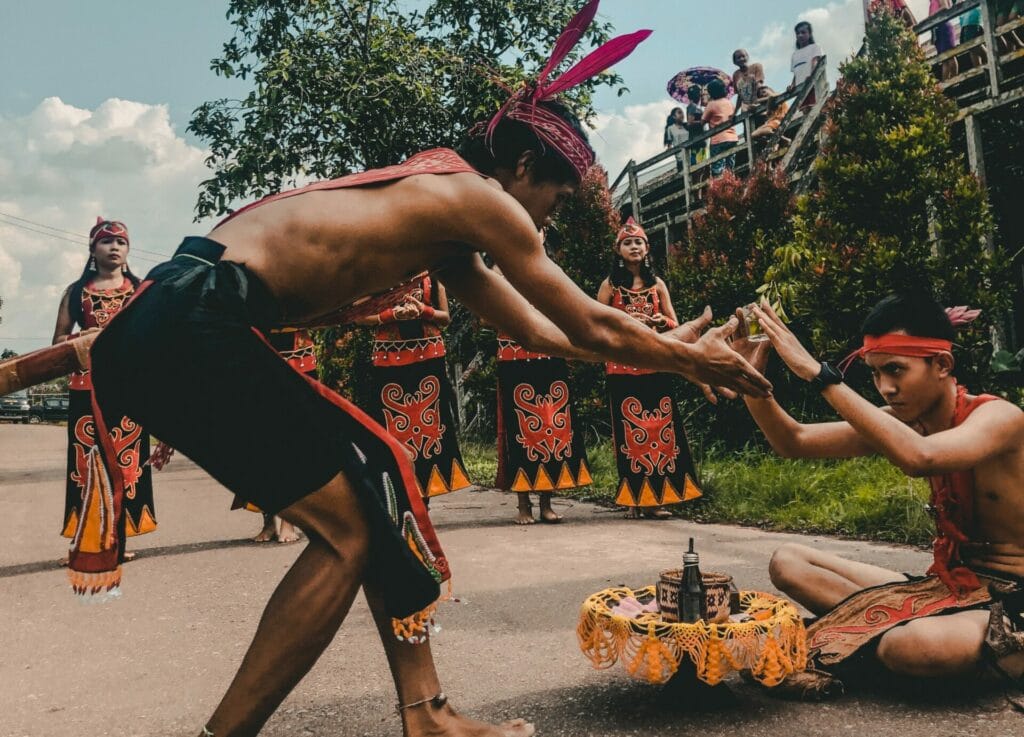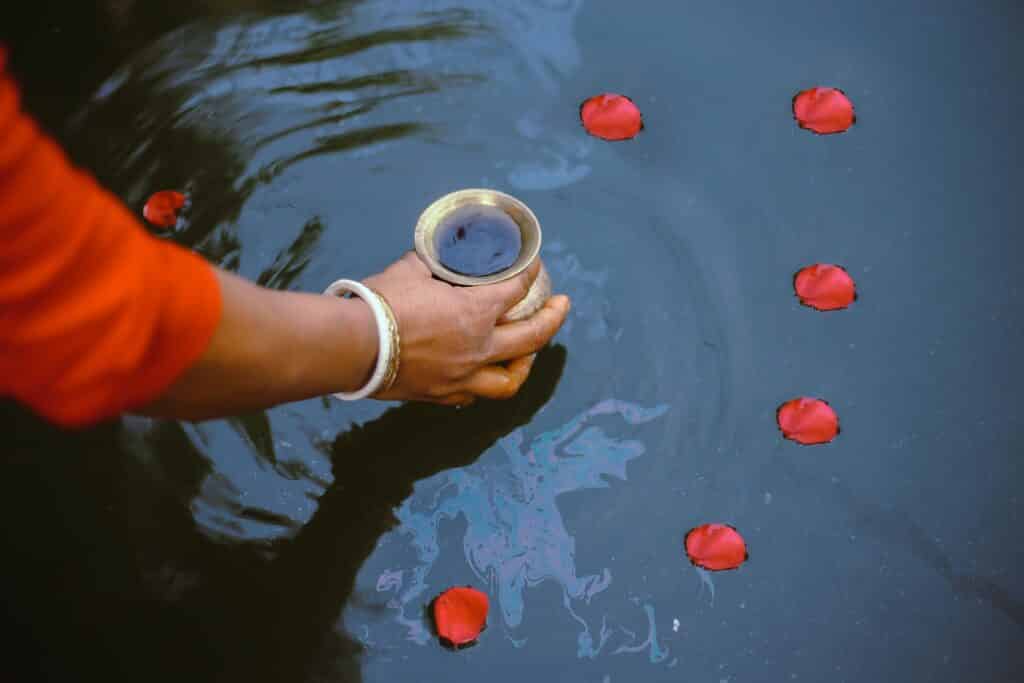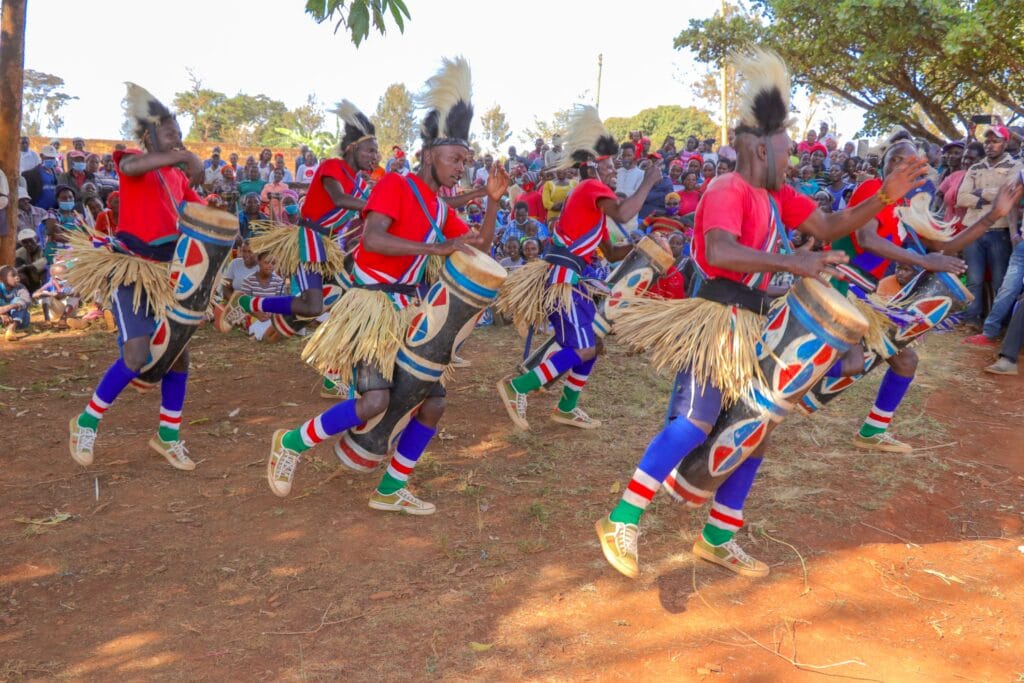SHAMANIC PRACTICES
A DEEP LOOK INTO SHAMANIC PRACTICE
Through my experience as a lifelong Shaman, I define shamanic practices as practices where one must be present and devoted in service of evolving the self and others.
The reason is simple; devotion is the foundation.
All aspects of developing skills in shamanism are about building a relationship within you… which in turn builds the relationship you have with all around you. You’ve heard the quote, “as within so without”, well that’s particularly true for relationships. And to develop relationships, you need devotion to them.
When both parties are devoted in a marriage, the relationship and their life will thrive. When a person no longer devotes to growing the love in their relationship, the marriage will die.
Devotion means you treat whatever your focus is, as if breathing, eating or sleeping. It’s a natural part of your existence as habitual as opening your eyes first thing in the morning. The rewards from this devotion – when real and sincere – run deep and vast. To make this clearer for you all; Shamanic practice is also a journey in devotion. It is not a task list with boxes to cross off.
For shamans and those engaging in shamanic practice, devotion to the spirits, to ancestors, to the Earth, to the body and to community, are mandatory gateways to developing a deeper relationship within self and all.
To learn more about devotion, check out my classes at The Shaman School to go deeper.
KNOWN SHAMANIC PRACTICES
Shamanism, like any field, evolves, adapts and changes. The number of existing shamanic practices could fill a library and new ones are downloaded and created all the time.
Even with the spiritual parts of these practices seeming inaccessible to a modern, city-born person, important ideas, techniques and tools can be easily taught to somebody with no spiritual education (see my Spirit Hacking series or Instagram videos to try some out). Shamanic practices are practical and adaptable in their design, and you can find solutions to any problem in life, in them.
Some of our practices may demand long times of practice to master, such as mediation between Djinns to undo curses, serving with the plant medicine spirits, and facilitating energy clearings on a large building as well as Temezcals.
Because the number of practices in existence is so huge, I’ll stick to the broader categories all practices fit within.
RITUAL, RITES AND CEREMONY PRACTICES
What is a Ritual?
Rituals are ways for the shaman and the tribe to integrate and awareness with the spirits and with nature.
Rituals could be considered a recipe of tasks that lead to an outcome. Rituals and rites look similar, and rites are a form of ritual; however, rituals are not exclusively bound to a major path choice in life, like rites are.
A ritual calls upon relationships to energies and / or spirits to assist in a result. Spirits can include ancestors, deities, elementals, angelic beings, fairies, spirit guides and much more.
Rituals can be used to manifest, create, heal, transform, alleviate and even stimulate certain energies so a person is enabled to author the life that they want to live. Rituals exist to bring energy into manifestation for a purpose defined to serve self, a tribe, or to bring service toward a greater collective that is not seen.
Engaging in ritual also opens up pathways and gateways to allow a person to recognize their own powers and gifts, which are cultivated through consistent ritual practice when one wishes to increase their abilities over time.

A Relationship With Spirits
Rituals are incorrectly believed to exist solely in service to the purpose of an individual manifesting their wants and needs.
In this perception of rituals, a person creates a one-way relationship with spirit. This kind of ritual practice does not actually support, nor give the person a strong connection to the spirit(s) being petitioned for help.
A relationship with spirit must be a cycle of reciprocity; to give and receive. To be able to support and to give support creates a balanced relationship with spirit and allows the shaman or person in the ritual to be able to gain the highest level of energy and power being asked upon.
It’s important to acknowledge that there are many ritual services performed exclusively to honor and send love to the spirits. This is done through a ritual where the focus is on offering something to the spirits; material, activity, sacrifice and so on…
The easy go-to ritual in honor of a spirit, most often used among witches and shamans is the offering. The most loved offering is the all-day, or many-days long ceremony, which often includes a feast.
Examples include the Peruvian “Pachamama Raymi”, to celebrate the Earth Mother, “Días De Muertos”, aka Day of the Dead in the Mexica traditions, Brigid’s Feast Day in the Celt traditions and the taoist Nine Emperor Gods festival tradition. Of course there are many more examples.
The Yoruba tribe goes a mile extra and has a whole day every week – of its traditional 4 day week – dedicated to one deity, as well as a dedicated festival for each Orisha of the Yoruba pantheon spread across its year.
In these offerings, activities are set to a specific time, in a specific kind of location and coordinated to holistically bring acknowledgement, loving attention, respect, joy and honor to the spirit and its qualities.
Other kinds of offering require the shaman or practitioner taking an item to bury it in a specific location for a specific period of time – see my story on the origins of the Quinteirum symbol.
Sometimes sacrifices are also made, such as in the Sun Dance in the Lakota Native American tribes. In this tradition, a rawhide thong is pierced through the dancer’s chest skin and attached to a pole, where it can eventually result in a torn chunk of flesh; an event which is regarded as a sacrifice offering from the dancer.
Sometimes, the sacrifice made is simply a days long fast; a far more socially accepted form of sacrifice among faiths and systems.
Every ritual, no matter who it’s for, shows as, and is an act of devotion.

What are examples of Rituals today?
Every ritual has its own depth and its own vibrancy that creates energy for all involved to experience.
There are many purposes and methods a person can use for a ritual, which means practitioner creativity is the only real limitation as to the “how”.
In today’s society, common rituals can include “paying your dues”; the ritual… or even rite of passage, which is the rise up the ladder of the entertainment business. This is usually a form of systemic abuse through initiations built within a specific industry. Even more common is the ritual of going to court to seek justice from one who caused you harm, or to petition for protection from mis-uses or conflicts with rules of law within the justice system; itself, a system of ‘magic’.
In magical practices, known purposes of ritual include merging with particular beings for messages. More common is energetic purification of a location – like when a priest swings a ball of frankincense in a Catholic church. Another form of purification involves the clearing of curses, which requires more deep sensitivity and spirit communication skills from the shaman or shamanic practitioner.
One activity that surprises many as being a ritual, is the tattooing of a body. In the Thai Buddhist faith, this is used as a ritual of powerful blessing, with symbols, words and animal imagery invoking different energies to that end. This form of blood magic is also used for empowerment, protection and much more.
Preparing for Rituals
When rituals are performed, it’s important to clean and clear the space with a type of energetic tool; sound, music, herbs, burn, or plants. Even moving in a direction that is offering the spirits and opportunity to clean the space for the ritual.
Every ritual is set up involving dance, movement, singing, sound, hitting the body, eating things, or taking certain measures before engaging in the core practice, such as trance state(s). Some rituals are simpler, where you might need to sit still with a candle and close your eyes before willfully connecting with spirit.
What are the best Conditions for a Ritual?
Beneficial energies of assistance in rituals can involve connecting with the energy of “the directions”, where different systems have different associated energies and meanings that vary down to the specific location they are based. Time of day or night is also a huge influence to a ritual; a rebirth ritual, in congruence with the energies of nature, could be planned to work with the death and birth of the sun. Meaning, it could be designed to start at sun set – death – and conclude at sun rise – rebirth – for example.
Moon phases are arguably the most commonly discussed external influence to a ritual, with a full moon inspiring many events in spiritual circles. Additionally, a shaman, witch or otherwise can tap into whichever events are occuring on the planet relating to where we are at in our evolution as a source of energy.
Other influencing energies are location. While “be in nature” is the typical preference, not all rituals are optimized by being held outside. Some rituals are best held in a fixed, structured energy like a temple, church and some are held in a more restrictive space like a temazcal, buried underneath a pile of earth or in an uncomfortable and small room of pure darkness for days on end.
Another form of environmental influence can go as far as using physical constriction. A ritualist can choose to tie their body in an uncomfortable, contorted position as a key condition of a ritual. This particular ritual in reference offers spirit the opportunity to see and acknowledge a person is willing to move outside of their comfortable human form and into a “different” form in order to communicate with them.
This constrictive ritual is part of a category of ritual inviting you to look and feel and be like something else; this allows us to embody and feel frequencies we normally would not access, enriching our gifts and depth of awareness.
While bound and posed in this unnatural way, the ritualist makes strange sounds to create a situation where energy is then exchanged between them and the spirits.
Rituals held in a similar manner invite the participant to wear a mask, a head of an animal, a special costume or outfit. This is to show the spirit the many aspects of a person’s personality.
A lot of spirits focus on the energies of people changing and shapeshifting into different forms. Some of these types of ritual require participants to be more feminine in nature, and conversely some to be more masculine.
This is the reason why many shamans and participants will paint their face, make certain animal sounds, or stomp feet; the foot stomps are to emulate an animal stomping hooves or feet on the ground in readiness.
Most spirits don’t respond to humans operating in human consciousness as most humans operating from that space are well-ingrained in what we call “The Matrix”.
Sometimes, how we connect with other participants can influence the energy of a ritual. Some are held where people are holding hands, and in others, connecting could be more sensual or sexual in nature for cultivating intimacy as energetic fuel to drive the ritual to its climax.
Clothing is another element that can empower a ritual further. Some faiths like to pay attention to the coloring of clothes; red being regarded as the color of protection in Mexica traditions, while white is worn by Priests in the Catholic traditions. Other traditions wear head adornments as a statement of alignment with a particular animal spirit, or connection with a being “above us”.
A powerful technique among Haitian Manbo, includes wearing a piece of clothing handed down through generations. This clothing has been worn by previous ancestral spirit workers, only worn for use in rituals. It is never washed, and hung somewhere in a home which is sacred and special, such as above an altar. This is to retain the powerful energies of ancestors for the benefit of bringing their power and presence into the ritual.
As you can probably tell, observing this huge list of ideas doesn’t even begin to give a sense of how wide-reaching this can go. All of these ‘pieces’ when in the appropriate context will help a shaman or practitioner optimize the energy they are calling in, through the spirits they work with, to manifest an effect or outcome powerfully.
When activated and combined in specific ways, these ‘pieces’ can increase the effect of opening up gateways, portals and energies to, and with different spirits; each of which are coming in to support the person at any given time.
Through following the wisdom behind these ideas in the sequence of a ritual, a person is facilitating the highest amount of energy exchange, so that they are able to call in, build, love, transmute, free and increase certain energies to truly steer the movements of their existence, toward the best life they can imagine for themselves.
This is why rituals and treating them with great respect is so important to a shaman.

What is a Ceremony?
A ceremony contains a formal structure that fits a mix of ritual(s) and or rite(s), often involving community, focused around a theme. Funerals, Weddings and Court Hearings are the most popular forms of ceremony we see today.
There are rites in a wedding, and a wedding is part of a grand ceremony; a wedding has a dinner, a rites of vow, a ritual of the wedded couple dancing, and then a party where everyone lets loose until the couple leaves for their honeymoon and the ceremony is over.
A ceremony birthing a new leader for a tribe has a rite of passage where an initiate is tested, then ritually proclaims their loyalty to lead the tribe. If they pass their test and vow loyalty, the initiate is welcomed to honor the title of tribe leader.
What is a Rite?
The most popular rites in our society are rites of passage, many of which we are invited to attend as life bookmark events in modern culture.
In modern life, a Rite of Passage can include a job interview, or a first date where both people are secretly holding a checklist of requirements.
In the traditional sense of a rite, we have ‘pledge rites’ at a college fraternity, wedding vows, and religion rites that include Coming of Age rites, Confirmations of Faith and Pilgrimages.
Shamanic rites can include a rite of passage to become a shaman, which puts the initiate through an annihilation and rebirth of ego through an intense event. Mine was experiencing a physical death… then having to heal my body over 6 months.
Amala àṣẹ,
Shaman Durek
The Library : Contents
- What is a Shaman
- How Shamans are chosen
- What does a Shaman do?
- Shamanism - Defined : What is Shamanism?
- Shamanism - Laying Roots for Modern Medicine and Wellness
- Shamanic Healing - Defined
- Shamanic Practices - An overview
- Shamanic Practices - Going Deep
- Shamanic Journey - How today's society can learn from Tribal communities
- Shamanic Training
- Shamanic Symbols
- Shamanism Books - Best Books on Shamanism
Shaman Durek on YouTube
Shaman Durek’s YouTube channel hosts powerful life-enhancing content to lift and shift you into Being Your Own Damn Guru.
This includes special meditations, guest conversations and messages of love. Some of this content can also be found on his Instagram channel. Check out these lit videos and click the button below to Subscribe.
How to Evolve; It's not what you think!
Every human being on the planet has a unique energetic signature that connects them to specific energies and frequencies that…
Are you surrounded by Energy Vampires?
If you’re a person who thinks your energy is being drained, you actually put yourself around energy vampires, so they…
You matter!
Period.
Don’t ever second-guess the importance of your being. If you exist, you matter. You don’t have to achieve anything to…
Is your energy being pulled from you?
Because human beings are driven by our need to be liked & need to belong, many of our relationship dynamics are marked by…
Subscribe to Shaman Durek's Youtube Channel
Click now to subscribe and experience exclusive and LIT video content from Shaman Durek.
